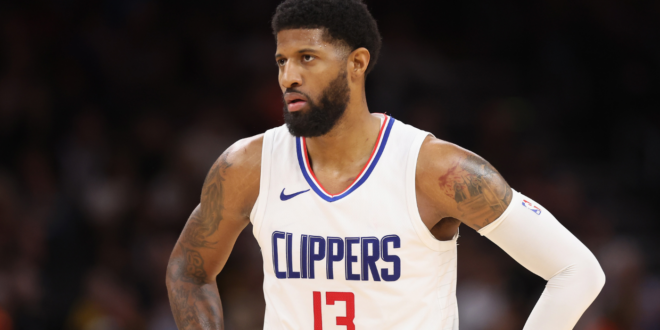NBA teams have a rich history of misinterpreting new rules. The 2011 collective bargaining agreement scared the Oklahoma City Thunder into trading away James Harden before he could become James Harden. They were afraid that the new luxury tax rules would make retaining him, Kevin Durant, Russell Westbrook and Serge Ibaka unsustainable. Five years later, when a new television deal led to a historic 34% cap spike, teams spent like there was no tomorrow under the assumption that the cap would keep growing forever. It didn’t, and players like Joakim Noah, Timofey Mozgov, Chandler Parsons and Ian Mahinmi clogged cap sheets for years.
The summer of 2024 is set to be a somewhat rare convergence of these two phenomena. We’re one year into a new CBA that has introduced an entirely new slate of rules into the equation. We’re one year away from a new television contract kicking in that will reportedly pay the NBA $76 billion over 11 years and change the league’s financial outlook for more than a decade to come. Teams typically struggle to appropriate handle one change of this magnitude. Now the league is dealing with both.
Teams have predictably approached this chaos with caution. That’s putting it mildly. Everybody except for Mat Ishbia seems terrified of the new second apron. And, well, that stance is justified. The second apron is the single most restrictive roster-building rule that the NBA has instituted since the invention of the salary cap. Here is a list of ways it limits teams that cross that line:
No access to the taxpayer mid-level exception. These teams can only sign players for the minimum.No access to buyout players. If a player’s salary at the beginning of a league year is above the non-taxpayer mid-level exception, he cannot sign with a second-apron team if he is waived during that season.No aggregating salaries in trades. Basically, you can’t trade two $20 million players for a $40 million player, or a $40 million player and a $10 million player for two $25 million players.No flexibility in matching salaries through trades….
Source link : https://www.cbssports.com/nba/news/nba-free-agency-is-going-to-be-defined-by-the-new-cba-how-second-apron-changes-the-game-for-roster-building/
Author : Sam Quinn
Publish date : 2024-06-23 15:15:47
Copyright for syndicated content belongs to the linked Source.
 NBA News NBA News, Match Reports and Updates
NBA News NBA News, Match Reports and Updates



